My amp meter arrived now I know for sure how many amps the circuit is. 36 amps with the 3/8" diameter metal rod and 27 amps with the 1/4" metal rod.
21.1 vdc power supply with no load.
17.53 vdc at 6 amps no load in coil. 105 watts
13.7 vdc at 27 amps with 1/4" load. 369.9 watts
13.1 vdc at 36 amps with 3/8" load. 471.6 watts
I dont understand why I can not get a hotter part? I need the part to be about 200 degrees hotter. The temperature I have is slightly too low for metal forming.
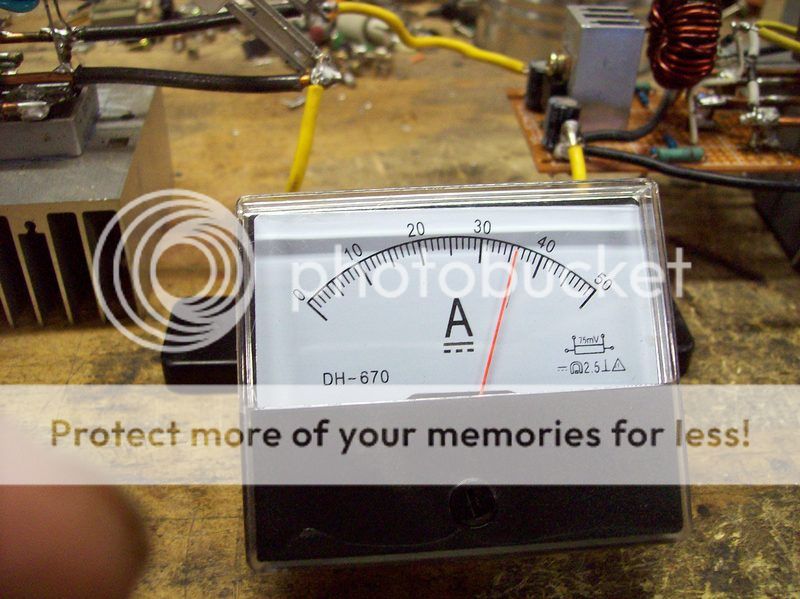
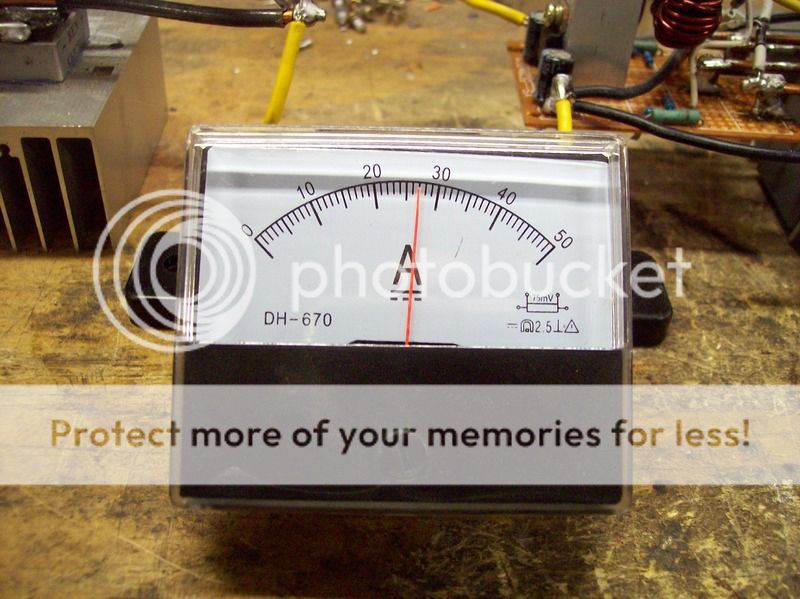
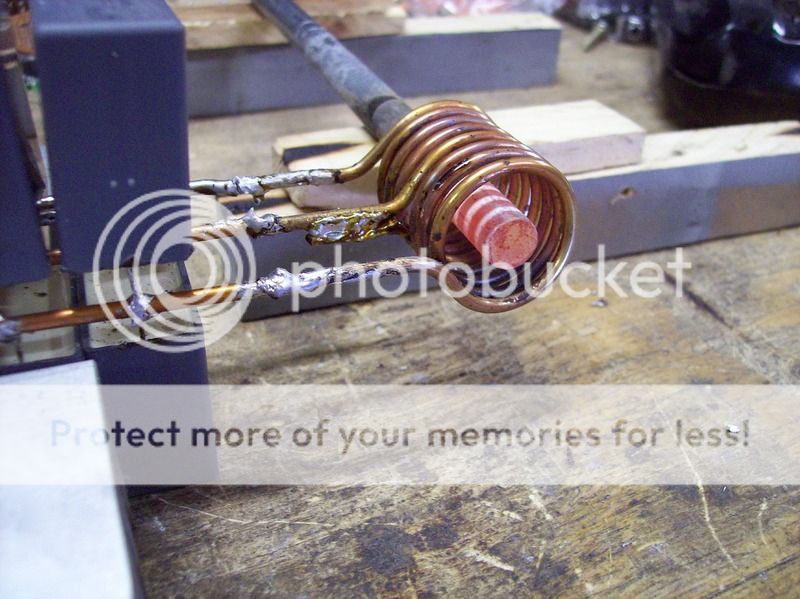
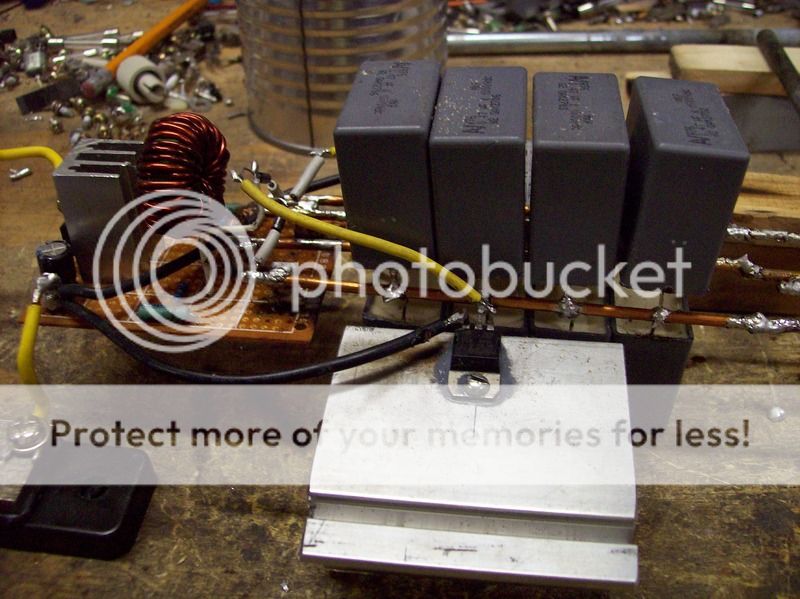
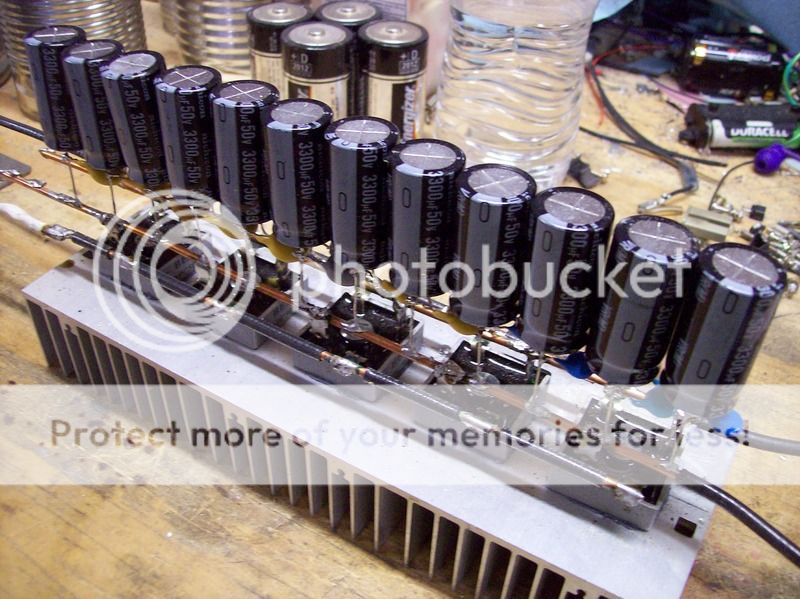
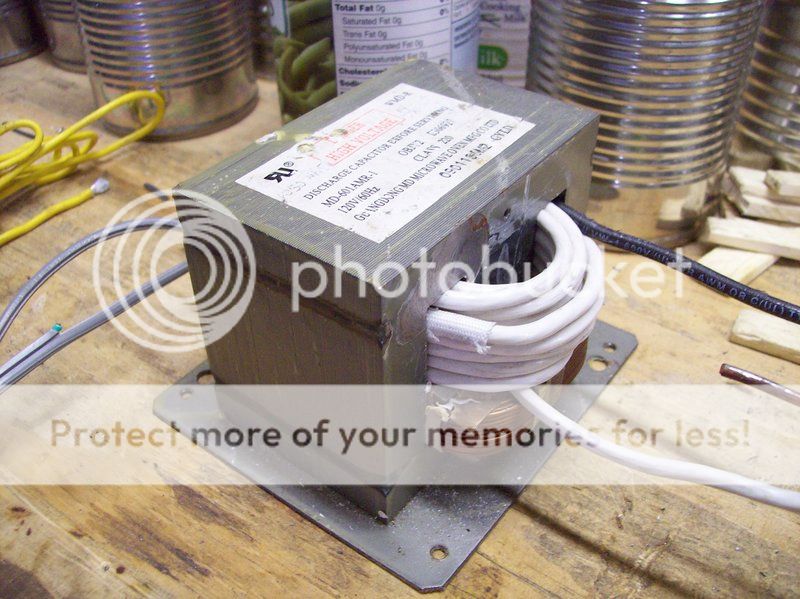
21.1 vdc power supply with no load.
17.53 vdc at 6 amps no load in coil. 105 watts
13.7 vdc at 27 amps with 1/4" load. 369.9 watts
13.1 vdc at 36 amps with 3/8" load. 471.6 watts
I dont understand why I can not get a hotter part? I need the part to be about 200 degrees hotter. The temperature I have is slightly too low for metal forming.






Last edited:
 . I have stopped assisting him.
. I have stopped assisting him.
